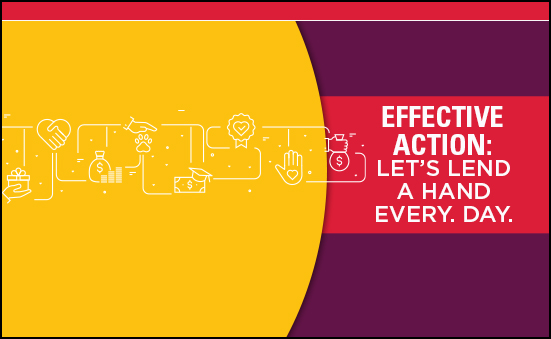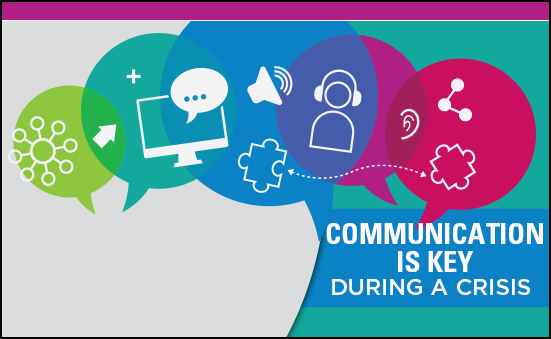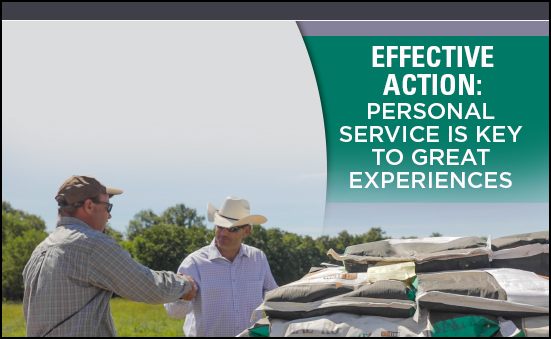Have you ever noticed how people show up in times of crises or particular times of year? Food and toy drives ensue during the holidays for those in need. Elderly and disabled were encouraged to post a red, yellow or green sheet of paper in their window during the COVID-19 shelter-in-place to indicate if they were fine or needed assistance. And blood drives are ramped up during particular seasons. All of these are great causes and worthwhile efforts, but what if we provided a helping hand year-round and really demonstrated care that comes full circle.
Be present.
During times of uncertainty, perhaps the most important thing we can do is be present. Now, maybe this doesn’t happen if you’re in isolation or separated by miles from friends or family. However, technology has made it possible to keep the lines of communication open and even “see” each other. Technologies like FaceTime, Zoom, Facebook Messenger and Marco Polo allow you to “chat” virtually like you’re in the same room with your friends or customers. Sometimes just a simple check-in, even via a phone call, with someone to see how they are doing will brighten their day.
Listen and watch.
Agriculture is a rocky road, and many of your friends and customers are likely struggling. When you do check in with your customers, friends and family, take time to really listen. And more importantly, watch their actions. We can all agree, agriculturalists are a humble group who don’t like to talk about themselves, so if they are having challenges, you might be able to tell that just as much by their actions and what they don’t say. And, if you sense a genuine concern for their health, reach out to them or someone else close to them to try to help them.
Offer resources.
Yes, food drives around the holidays are great. But, what about the other 10 months of the year? As summer approaches, fresh garden produce is typically bountiful, so why not share in the bounty. Maybe you have a place for a garden, but not the time, offer your garden spot to someone to use in exchange for some veggie sharing. Perhaps you’re like me and love to garden, but don’t like to can. Offer your garden goodies to friends and neighbors for the picking. And although fresh produce is nice, make sure people have other things they need year-round.
Give back to the youth.
It is nice to show appreciation to the youth who buy their feed and supplies from you. Likely, many of their parents are your customers too. Hopefully, summer shows will not be canceled like so many late winter and spring shows were. Offer a show supply credit if they buy x-amount of show feed or supplements. Or if the summer shows are canceled, offer to buy one of their animals to supply your own family (and maybe others) with some fresh protein.
Volunteer.
There are always ways to give money and resources; however, one resource that most everyone has to offer is their time. No matter how big or small your community is, there is likely a way for you to give your time. Volunteer opportunities exist through community, school, church and civic organizations. They can be short-term or long-term. Giving your time can be one of the most rewarding things you do. Be sure you are giving to something you genuinely care about and that you volunteer with a good motive and not just self-recognition.
Care that comes full circle. It’s not just a motto, but it’s a simple way we should all chose to live. You can make a difference in your neighborhood or community 365-days a year by giving of your time, talents and resources and simply being present. In many of our rural communities, people became more friendly during the “shelter-inplace” time. People waved and smiled as they met you on the road. They reached out more. School kids wrote letters to shut-ins. The world became friendly. Let’s keep these smiles going and continue to lend a hand, every day.









